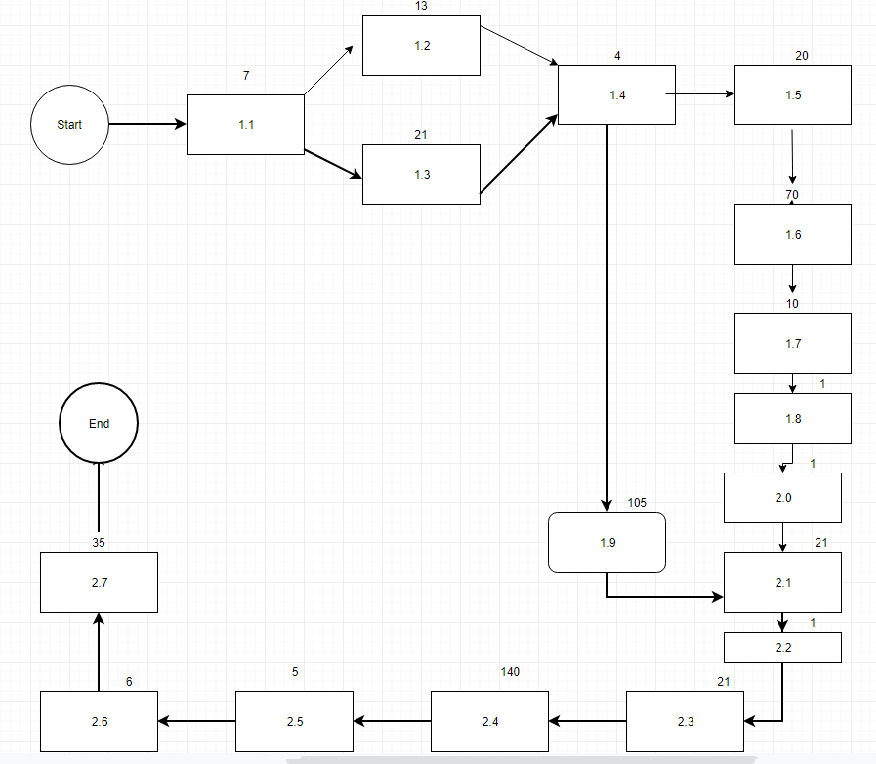The project schedule management plan covers all the work that has to be done to deliver the project on time. Specifically, the project concentrates on the following objectives: the creation of RFP, assessment of vendors, creation of a high-level implementation plan, and procurement and installation of new server and software. This paper consists of the project activity list, the network diagram, and the project sequencing and critical path table.
Schedule Management Approach
The project manager has the overall authority and responsibility for successfully completing this project. The project team will consist of technical, legal, and finance teams, supply management, and regulators. The project manager will work closely with all the resources to prepare the project schedule. The duration of each of the activities was estimated using the expert judgment method, which relies on information from experts knowledgeable in particular areas.
Activity List
Table 1 covers all the activities involved in the reaching the main objectives of the project, such as the creation and review of RFP, selection of vendors, signing a contract, creation of an implementation plan, and contract execution.
Table 1. Project Activity List.
Network Diagram
A network diagram is a graphical representation of a project’s schedule, including its main tasks and their duration. Nodes represent tasks, and arrows unite the two sequencing events. Above each node, the time duration of an activity is presented. The critical path is the sequence of activities that determines the overall length of the project (Froeb, McCann, Shor, & Ward, 2015). In project management, a network diagram is a helpful tool used in project planning and tracking. Figure 1 shows the network diagram developed on the basis of Table 1. The critical path of the project has been highlighted to show the overall duration of the project. It can be seen that some activities do not follow the critical path, and there are multiple paths of work being done.

Project Sequencing and Critical Path
The critical path consists of activities 1.1, 1.3, 1.4, 1.9, 2.1, 2.2, 2.3, 2.4, 2.5, 2.6, and 2.7. The total duration of the project is thus equal to 366 days. However, the duration of the project that ends at stage 2.1 when the contract is signed is equal to 159 days or approximately five months, as has been required by Chief Gravill. Table 2 shows how the activities are sequenced in the critical path and another activity path with a shorter duration.
Table 2. Project Activity Sequencing and Durations.
Reference
Froeb, L. M., McCann, B. T., Shor, M., & Ward, M. R. (2015). Managerial economics: A problem solving approach (4th ed.). Boston, MA: Cengage Learning.